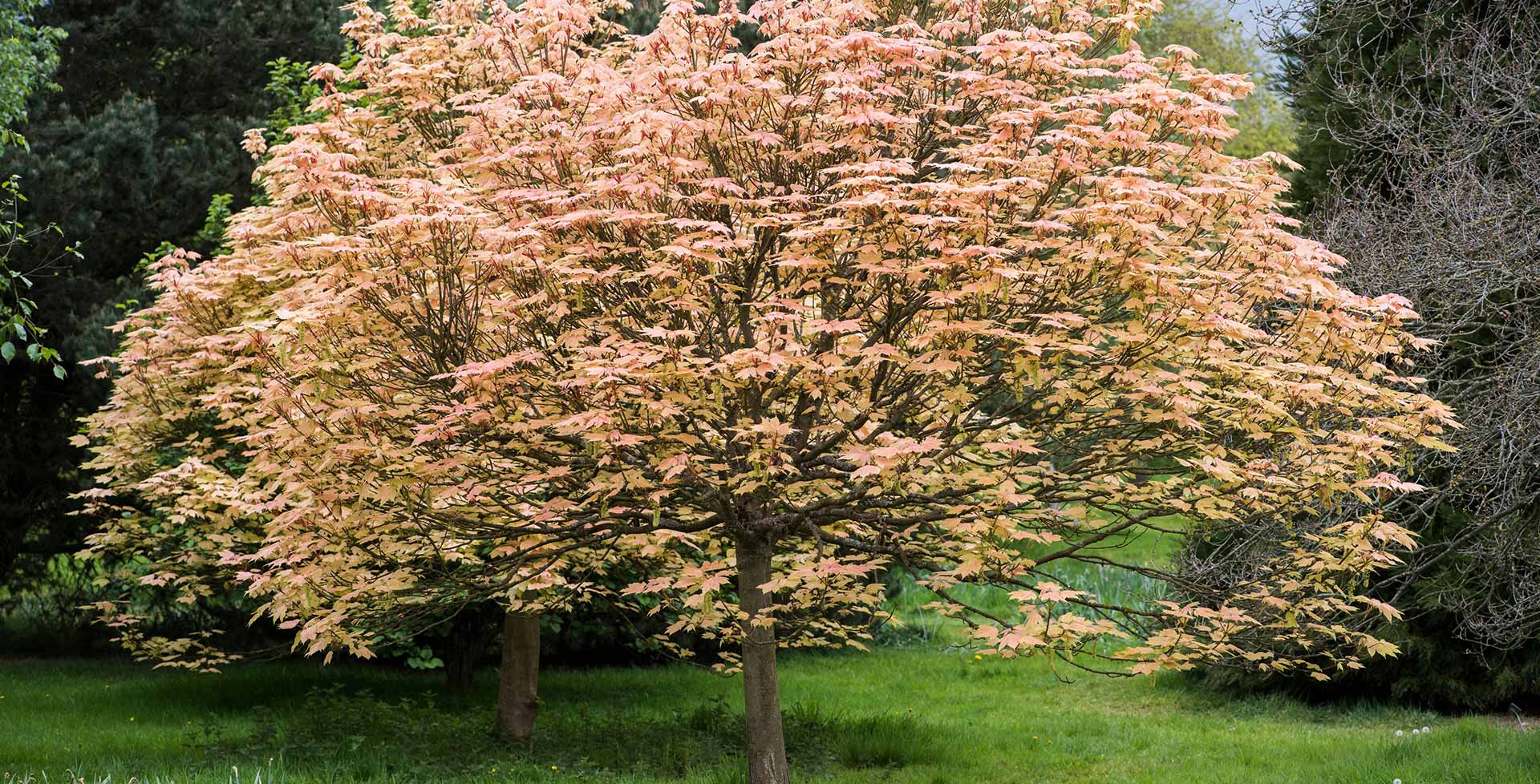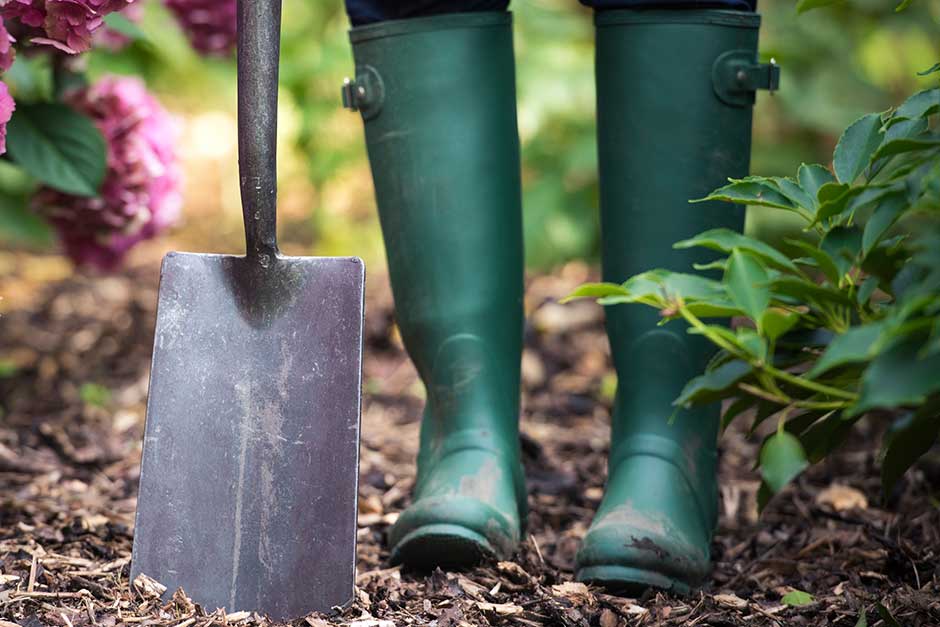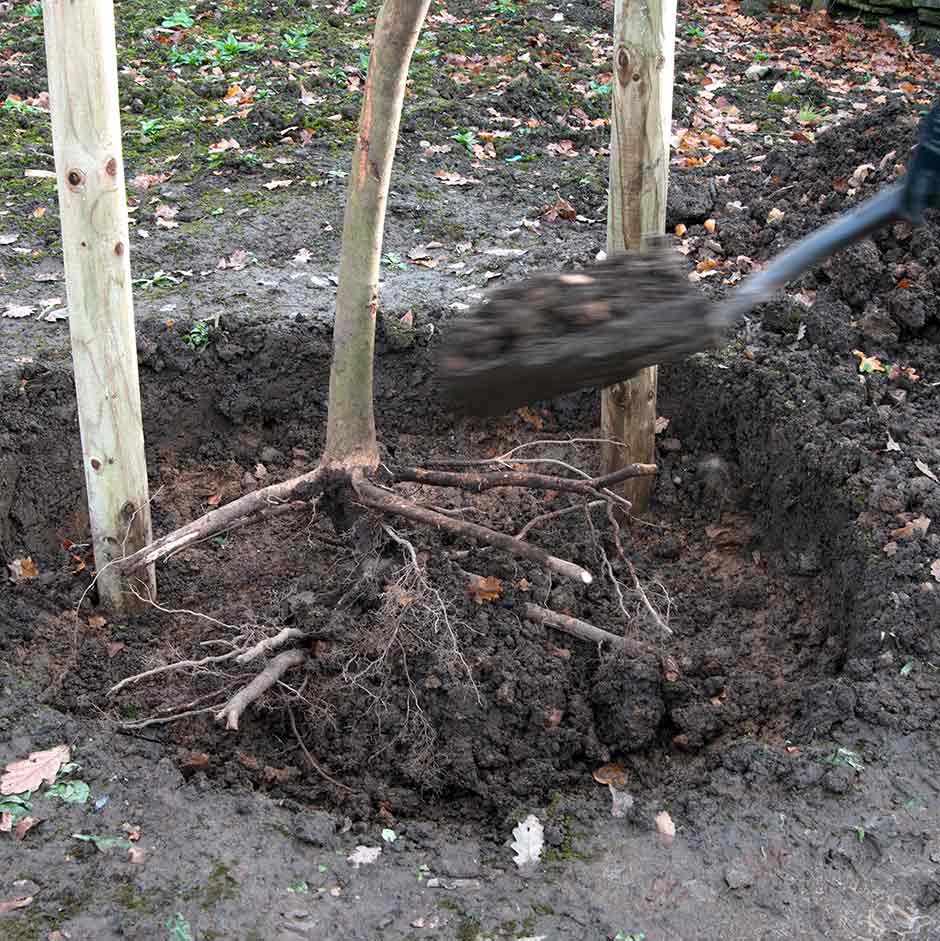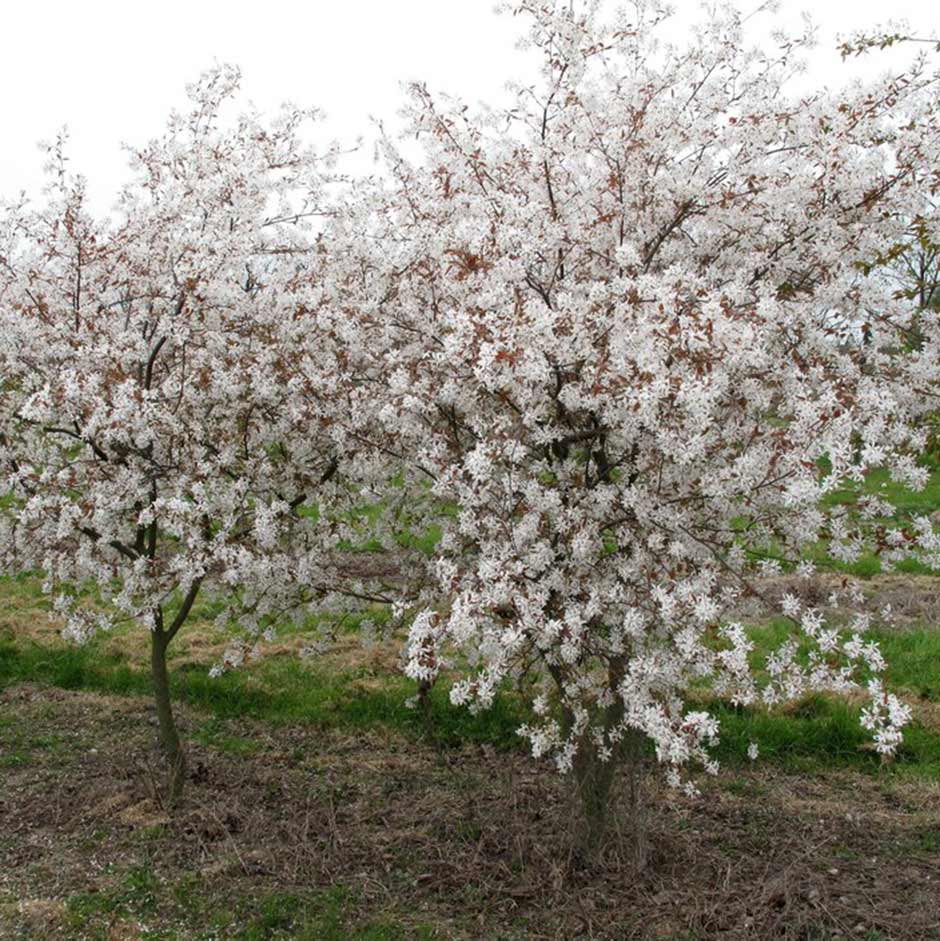
Introducing...
Larger acers
Larger acers, commonly known as maples, are mainly deciduous trees grown for their attractive foliage and vibrant autumn colour. Many have a spreading habit and are ideal for creating light shade in a woodland garden. They are a good choice for larger gardens, especially the various snakebark maples, which have striking bark for winter interest.
Looks
These trees reach 12-20m (39-65ft) tall, often with a spreading crown. Some have brightly coloured shoots in winter and patterned or peeling bark. The leaves are usually lobed, with five sections. In spring, new leaves may be brightly coloured, while in autumn they can develop fiery hues before falling.
Likes
Larger acers do best in slightly acidic soil, but will grow in most soils provided they are not too wet or dry. They are happy in sun or light shade. Larger types need adequate space to grow evenly.
Dislikes
Excessively dry soils will result in poor foliage, while waterlogged soils will drown the roots. Very windy, exposed positions can prematurely rip the delicate leaves from the trees in autumn, spoiling the display.
Did you know?
The sugar maple (Acer saccharum) is the emblem of Canada. This species, along with a few others, has a sweet sap that can be boiled down to produce maple syrup.
Growing guide

How to grow larger acers
All the information you'll need to grow & care for larger acers in your garden.
Larger acers we recommend
Acer rubrum Red Sunset ('Franksred')
red maple [Red Sunset]
- Higher than 12 metres
- Wider than 8 metres
Acer platanoides 'Crimson King'
Norway maple 'Crimson King'
- 8–12 metres
- Wider than 8 metres
Acer pseudoplatanus 'Brilliantissimum'
sycamore 'Brilliantissimum'
- 4–8 metres
- 4–8 metres
Acer rubrum Red Sunset ('Franksred')
red maple [Red Sunset]
- Higher than 12 metres
- Wider than 8 metres
Acer platanoides 'Crimson King'
Norway maple 'Crimson King'
- 8–12 metres
- Wider than 8 metres
Acer pseudoplatanus 'Brilliantissimum'
sycamore 'Brilliantissimum'
- 4–8 metres
- 4–8 metres
Useful advice

Trees and shrubs: planting

Trees for smaller gardens
Get involved
The Royal Horticultural Society is the UK’s leading gardening charity. We aim to enrich everyone’s life through plants, and make the UK a greener and more beautiful place.